Cold temperatures and moisture combine each winter to create trouble for the railroads.
Snow and ice are the best-known problems, requiring snowplows and switch heaters just to keep the line clear. And, in particularly harsh and heavy snowstorms, once the job of clearing and melting is complete, everything is covered in snow or frozen again, and crews must start over.
Some of the less easily seen problems involve the trains themselves. Locomotives, for example, can be damaged if the prime mover is shut down and the water used to cool the engine freezes. To prevent this, locomotives are equipped with valves that automatically drain the water from the locomotive when a certain temperature is reached.
A particular concern in the winter is the train’s brake line. Cold temperatures make air hoses less pliable, along with making any leaks in brake pipes worse. This leakage affects the number of cars that can be run on a given train, as well as the time it takes to charge the reservoirs or to release the brakes. According to Mike McGinley, a consulting engineer with vast experience in the rail industry, “distributed power units, either mid-train or on the rear, are a significant help because they can supply air at additional points along the trainline.”
Cold weather can affect track and roadbeds, too. When welded rail is laid, the temperature of the rail is set to be somewhere in the middle of the extreme temperatures for the area where it’s being laid. This is called the “manageable neutral temperature.” This helps avoid excess rail expansion in the summer and rail contraction in the winter. In extremely cold temperatures, the extra tension can rupture (basically pull apart) the rail at a bolted joint, a small defect, or an imperfect weld.
McGinley says that steel becomes relatively brittle at cold temperatures, “This means that rail fractures are more common, especially during the first few days of sub-zero temperatures. Railroads counter this effect with precautionary blanket speed restrictions to reduce the impact of wheels on the rail, both to lessen the risk of fracture and to lessen the risk of shattering the end of any rail that has a pull-apart or a simple fracture.”
McGinley says that not only the rail can have issues during cold weather, but so can the roadbed. “Some soils and types of ballast can ‘wick’ moisture into the subgrade, and when the ground freezes, lenses of ice then form and grow. The expanding ice raises the track, causing a ‘frost heave.’ Soil management and drainage control can prevent this, but if it happens, the only way to operate over a frost heave is to place graduated wood shims under the nearby tie plates in order to gently ramp up to, and down from, the heave.”
Perhaps the greatest effect cold temperatures have is on the people running the railroad. CSX’s Smith says that crews must dress in proper cold weather gear, and the railroad provides them with spikes for walking on ice and snow. The railroad also provides more frequent breaks, along with tips on how to deal with the cold. Smith also says “CSX realizes that our employees must put forth extra effort when working in the cold, and these efforts are very much appreciated by the company.”
Forrest Van Schwartz, a former rail operating officer who is now a consultant, says that operating trains in cold weather requires railroaders to be extra alert and attentive. “A warm locomotive cab and the gently rocking motion of a moving train, especially in the middle of the night, can require extra effort to maintain alertness.”
This story originally appeared in the January 2016 issue of Trains Magazine.





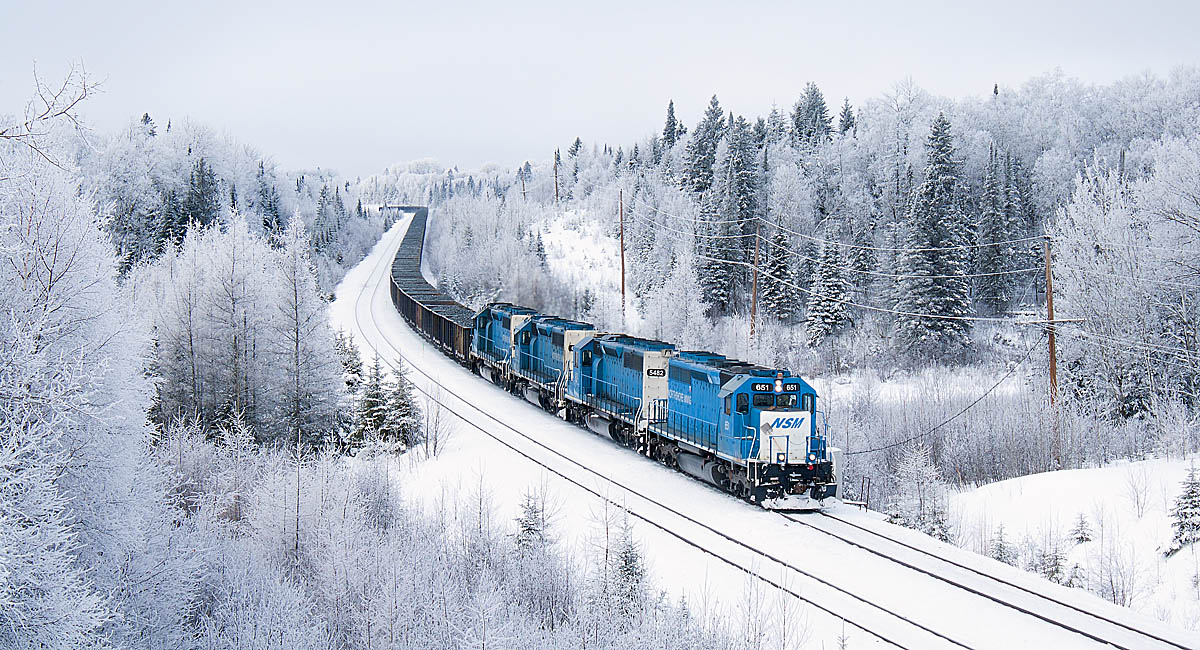

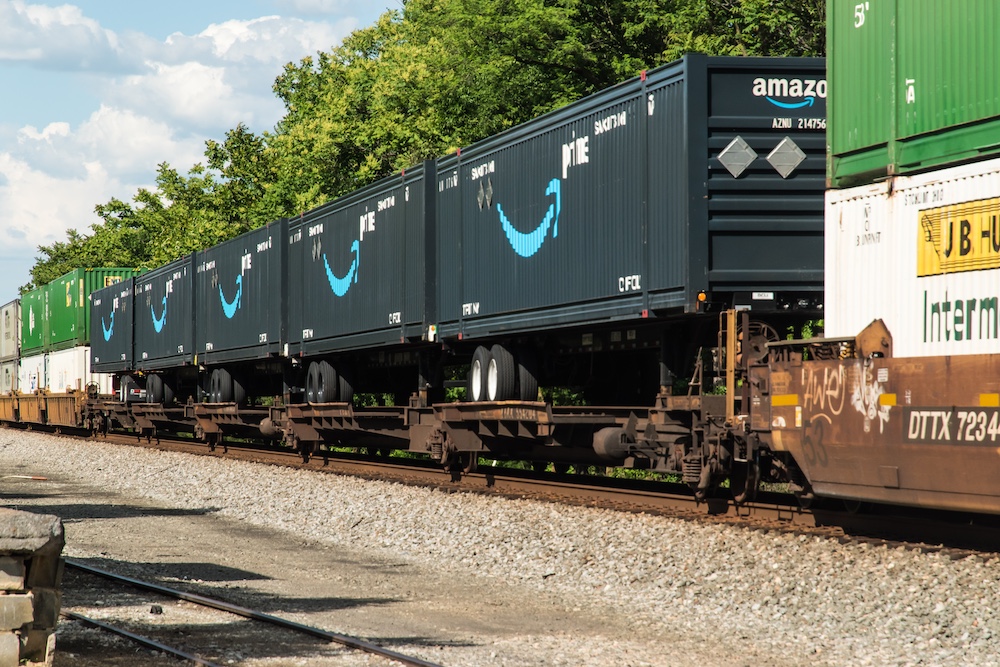
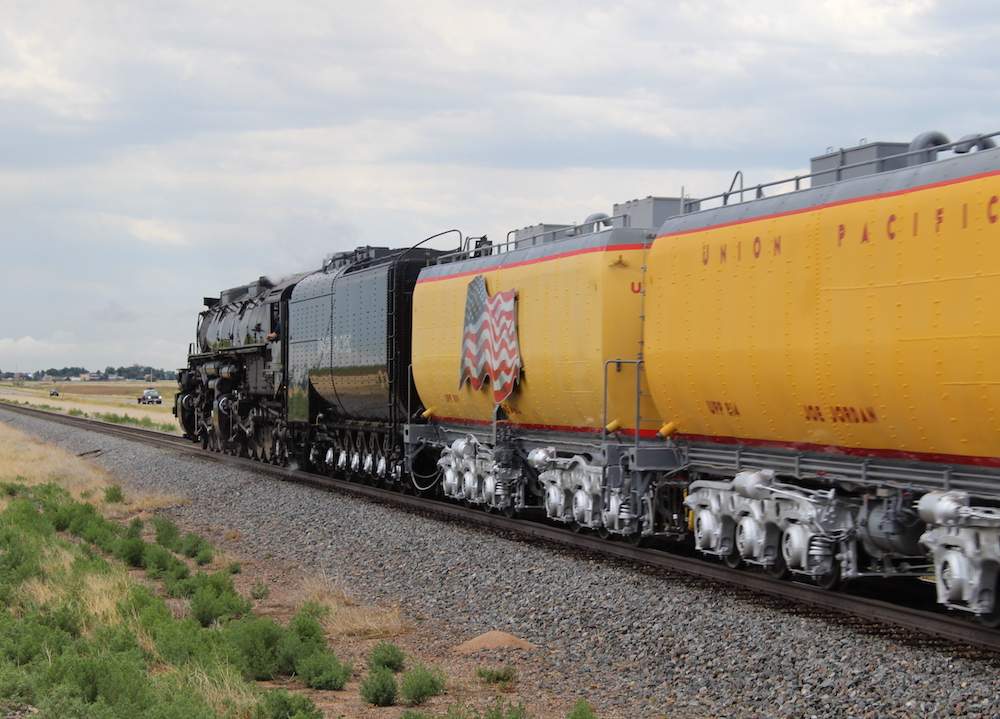
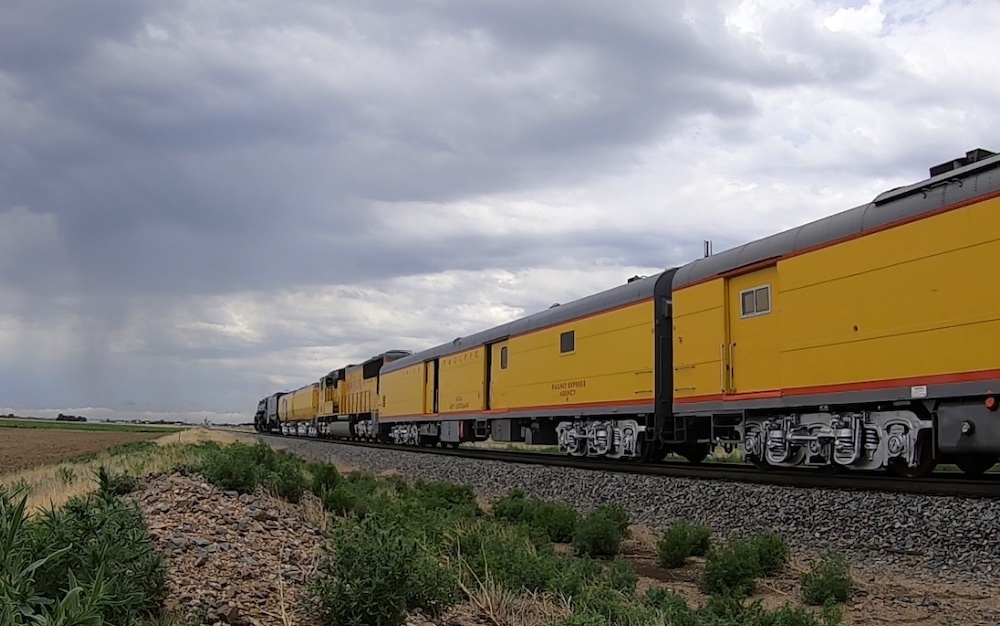
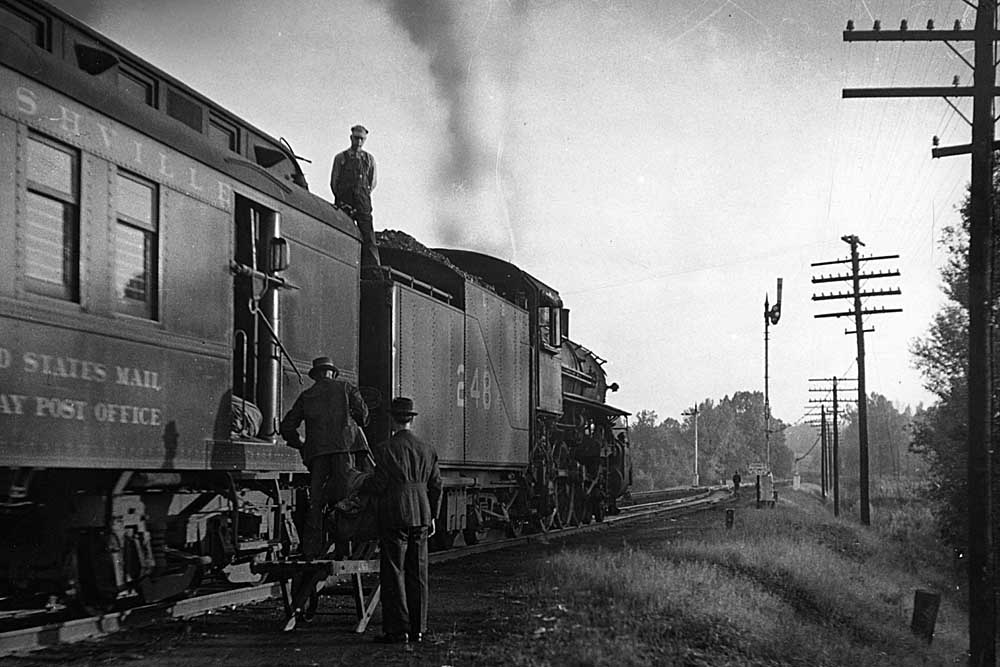




glad to see that spikes are still provided. I have Dad’s that Frisco gave him, they strap on shoe or boot with cleats on bottom. I’ve worn them many times and have never fallen. Walk slow and make sure the cleats have bit down into the ice before I take next step. They are very old but still work and have never seen anything like them in a sporting goods store, although I have not looked for a long time.
I have the utmost respect for those guys and gals out on the line this time of year. They provide a real service and are under appreciated and definitely not overpaid.
The frgid temperatures require shorter trains…some management teams still try longer trains and realize many problems with brakes not releasing causing hot boxes… and the thought of remote trains would be devastating for on time delivery with all of these problems…just saying because of 30 yrs exp…
A big hooray to those railroad workers who fight the extreme cold to keep those trains running.